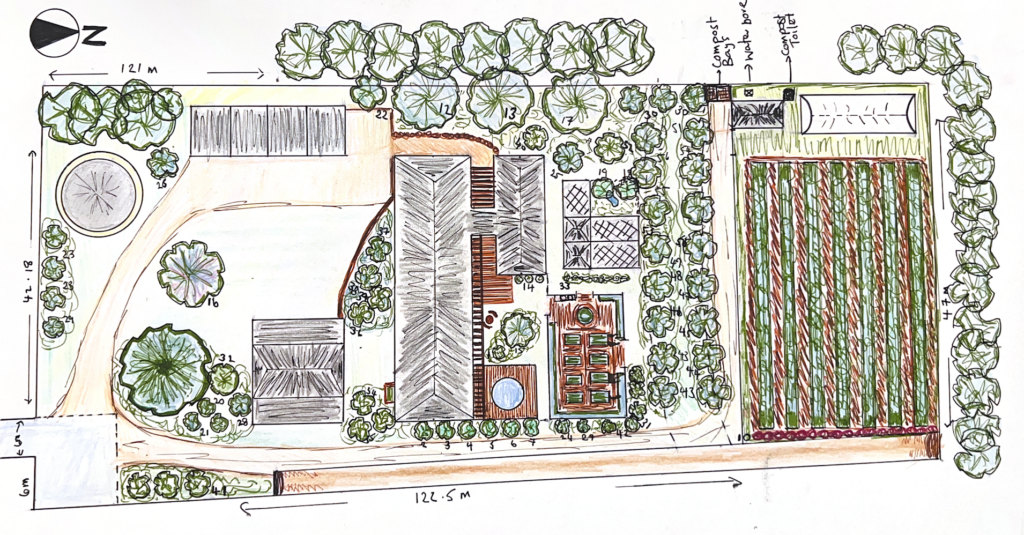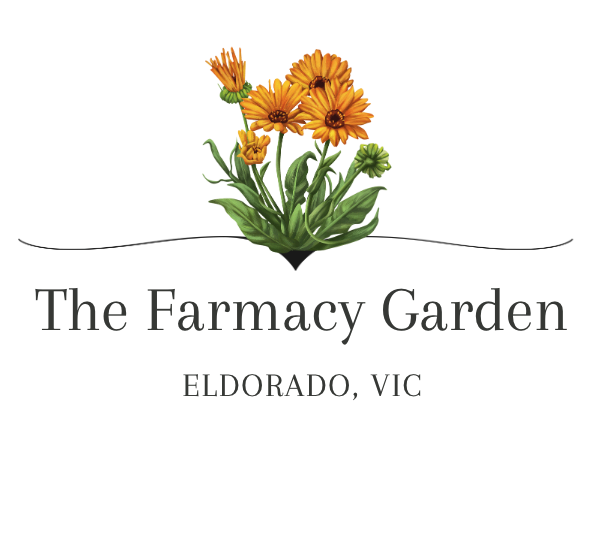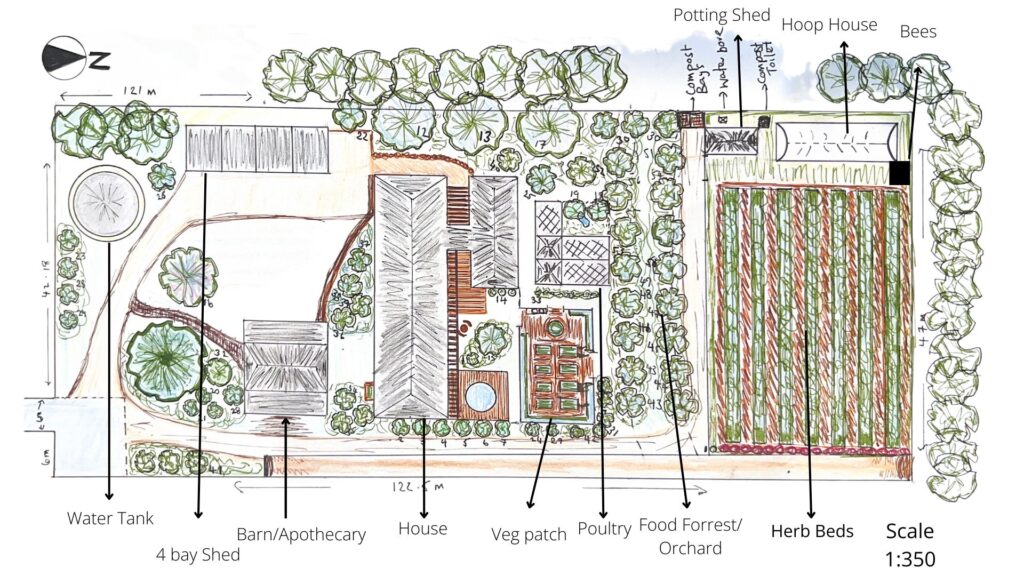Growing, Havesting, The Farm, Uncategorized
Permaculture Plan
The following posts will take you on a journey of establishing your own apothecary & food forrest working within your own land capabilities. Even if its a rental with a few pots, you can still grow many of your own herbs and food.
In a world where the connection between health and nature is increasingly acknowledged, The Farmacy Garden stands as a testament to the potential of permaculture to nurture both the body and the environment. Nestled in the heart of rolling hills and surrounded by a lush landscape, The Farmacy Garden is a haven for those seeking a holistic approach to well-being through the integration of a medicinal herb farm and a flourishing food forest. This blog post takes you on a journey through the meticulous process of establishing this unique permaculture-based sanctuary.
The Vision and Design:
The inception of The Farmacy Garden began with a clear vision: to create a self-sustaining ecosystem that not only provides nourishment but also healing. The initial step involved thorough research and planning, considering the indigenous plant species, microclimates, and natural contours of the land. Permaculture principles, with their emphasis on mimicking nature’s patterns, were the guiding light in designing a layout that maximised the synergistic relationships between different plants and elements.
Preparing the Soil:
Healthy soil is the cornerstone of any successful permaculture venture. At The Farmacy Garden, the soil was revitalised through techniques such as cover cropping, sheet mulching, and composting. The aim was to build a nutrient-rich, well-structured soil that fosters strong plant growth and robust microbial activity. By doing so, the foundation was laid for a bountiful and resilient ecosystem.
Plant Selection and Guild Planting:
Careful consideration was given to the selection of medicinal herbs and food-bearing trees that would thrive in the local climate and support each other’s growth. The concept of guild planting played a pivotal role. For instance, nitrogen-fixing plants were strategically placed alongside fruit trees, providing a natural source of fertilisation. Companion planting of herbs with synergistic qualities not only promoted soil health but also reduced the need for external inputs like pesticides.
Water Management:
Sustainable water management was of paramount importance, especially in the face of changing climate patterns. The Farmacy Garden employed techniques such as swales, rainwater harvesting systems, and drip irrigation to optimise water distribution. By capturing and directing water flow, the garden minimised runoff and maximised its utilisation, ensuring the vitality of the entire ecosystem.
Chapter 5: Maintenance and Growth:
Establishing a permaculture-based medicinal herb farm and food forest is not a one-time endeavour; it’s an ongoing process that demands continuous attention and care. Regular pruning, mulching, and rotating plantings are just a few of the practices that maintain the balance within the garden. The interplay between plants, insects, and other wildlife is closely monitored to ensure a harmonious coexistence.
Harvesting and Sharing the Abundance:
As the garden matures, the fruits of its labor become increasingly evident. Medicinal herbs are harvested at their peak potency, preserving their healing properties through careful drying and processing. Fruits from the food forest are collected, shared, and even turned into value-added products. The Farmacy Garden serves not only as a supplier of nourishment but also as an educational platform, offering workshops and experiences that empower others to embark on their own permaculture journeys.
A final word..
The Farmacy Garden stands as a living embodiment of the transformative potential of permaculture principles. It showcases the beauty and practicality of harmonising with nature, creating a space that heals both the body and the environment. Through thoughtful design, sustainable practices, and a commitment to fostering interconnectedness, The Farmacy Garden provides a blueprint for others to follow in creating their own sanctuaries of wellness and sustainability.


